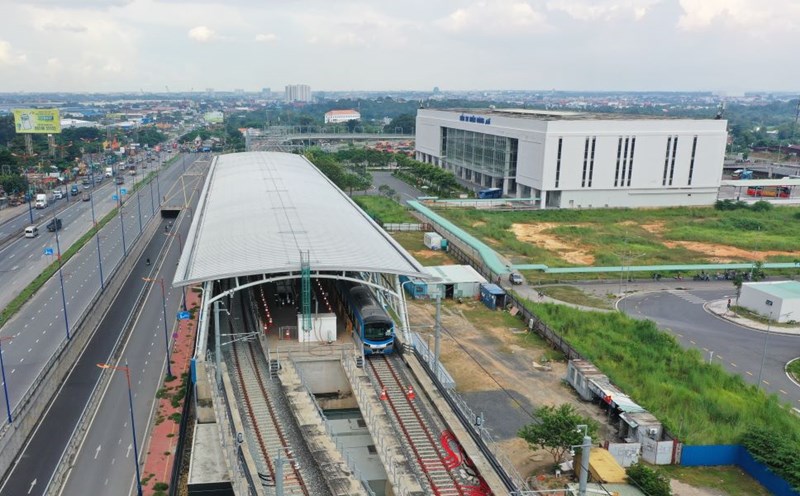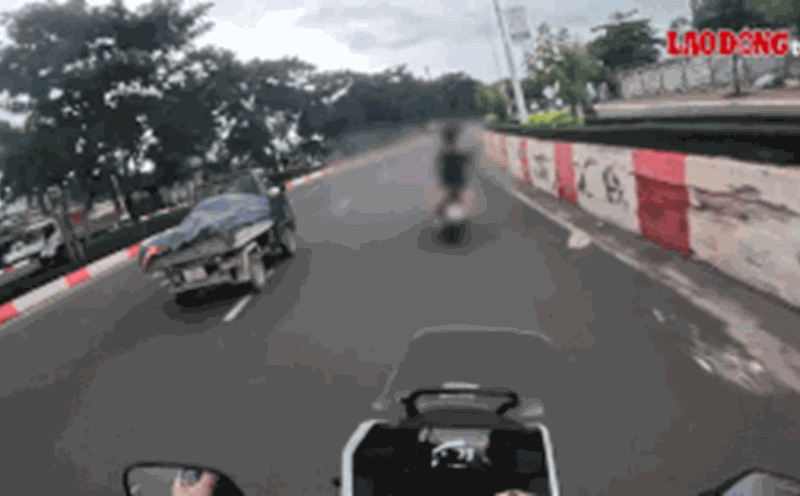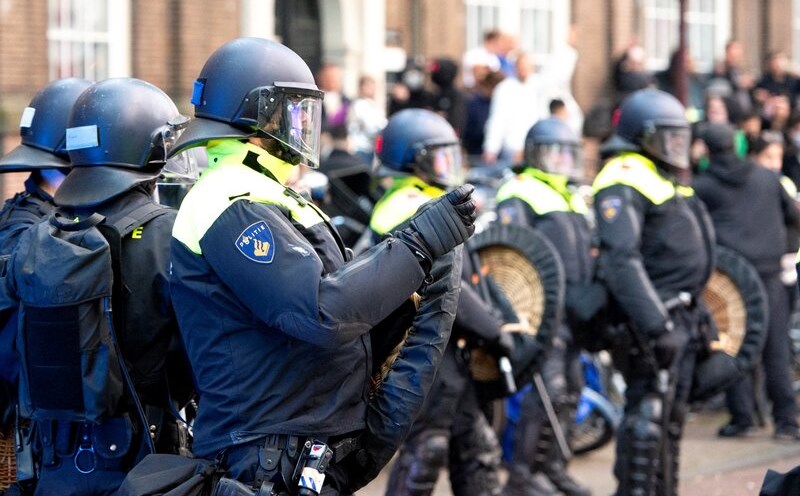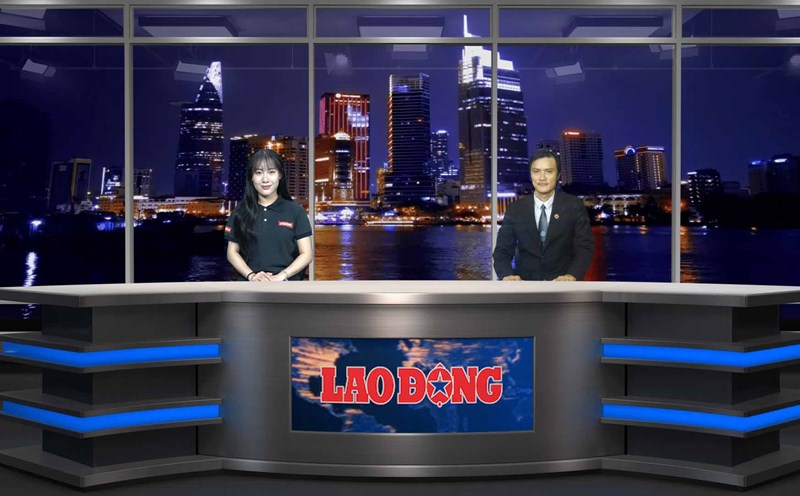Metro Line 2, over 11 km long with a total investment of nearly VND47,900 billion (equivalent to over 2 billion USD), is expected to become one of the most modern transportation projects, connecting the center of Ho Chi Minh City with the Northwest gateway.
The project was approved in 2010 but has been continuously problematic and has been delayed many times.
Currently, Ho Chi Minh City is focusing on completing adjustment procedures in the form of public investment, taking advantage of the special mechanism of Resolution 188, with the goal of starting construction by the end of 2025 and completing by 2030.
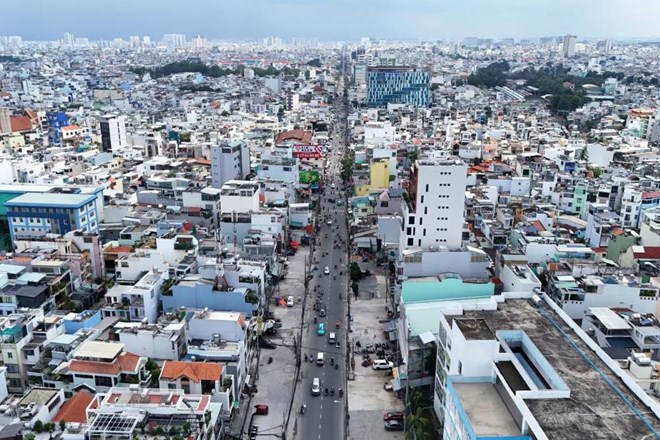
The Urban Railway Management Board (MAUR) said it has approved a consulting bidding package to prepare an adjusted feasibility study report, technical design (FEED) and bid for the main packages, with an implementation period of 12 months.
The Guangzhou Metro Design & Research Institute (China) consortium and three domestic and international units won the bid with a value of more than 175 billion VND.
According to the consulting consortium's proposal, Metro No. 2 will operate 3-carry trains in the initial phase and increase to 6 cars in the long-term phase.
The fleet has an axle load of 16 tons, a design speed of 120 km/h, a maximum operating speed of 110 km/h and a life of 30 years. The railway infrastructure applies a standard gauge of 1,435 mm, the 60E1 rail for the main line and the 50E4 for the depot.
Underground stations will be equipped with completely closed locomotives to ensure safety and limit noise, while elevated stations and ground stations will use half-closed doors. The escalator and elevator system is conveniently arranged, in which the elevator uses an air-classroom type at the station and a type with an air-classroom type at the depot.
The technological highlight of Metro Line 2 is the modern information and signal system, allowing GoA4 automation (fully automated operation).
The first phase is expected to operate at GoA3/GoA4. This system includes automatic monitoring, control, and protection of ships, along with a backup mechanism to ensure absolute safety.
In addition, the metro line also applies the SCADA system - smart monitoring and control, synchronously connected to the entire infrastructure: from automatic tickets, security, radio, passenger information to emergency management.
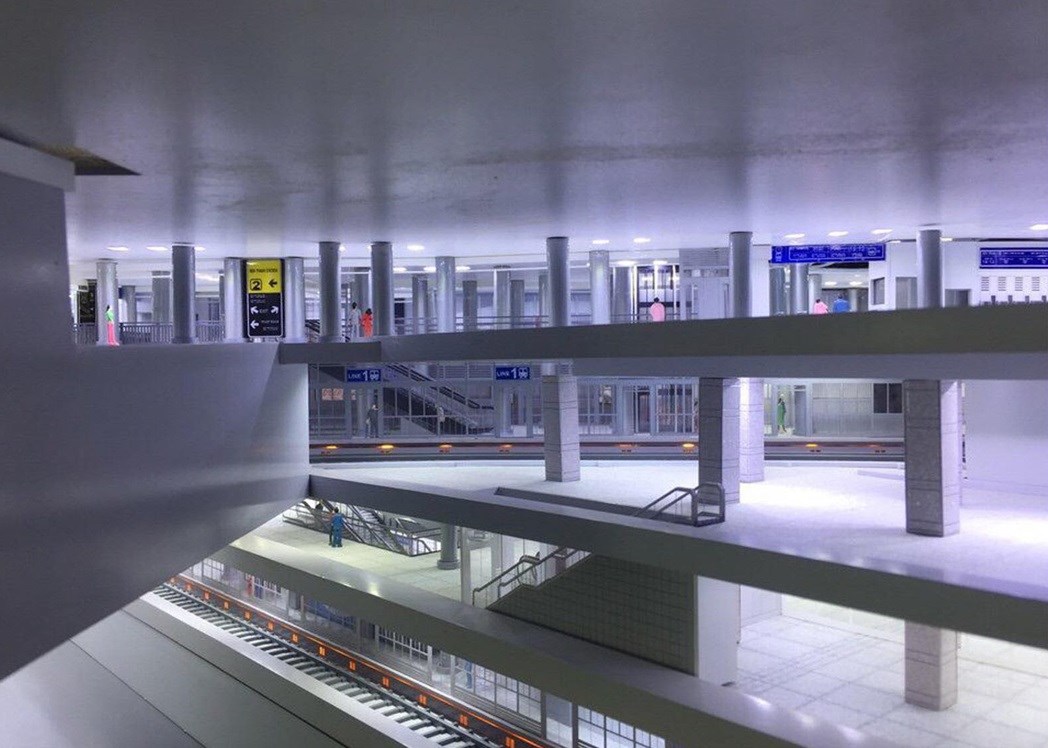
Regarding tickets, Metro No. 2 aims for maximum flexibility with many forms: single-trip tickets, contactless IC cards, QR codes, bank cards, NFC tickets... and is centrally managed for the entire HCMC metro network.
The train control center of the route will also be integrated into the main center of the entire network, while the center at Tham Luong depot will become a backup facility.
According to MAUR, the Ho Chi Minh City People's Committee has previously approved the standards framework applied to Metro Line 2 project with 111 standards, including 29 Vietnamese standards and 82 international standards.
However, due to changes in capital sources (transfer from ODA to budget), scale and requirements for synchronous connection between Metro No. 1 and No. 2 at Ben Thanh Station, along with new technology trends in the world, many items such as automatic control system, toll collection, signal information and vehicles need to be updated and supplemented.
MAUR is currently proposing that the Ministry of Construction and the Vietnam Railway Authority consider and collect opinions to complete the technology selection plan, technical regulations and standards, before implementing the next phase.



